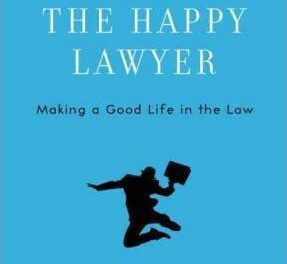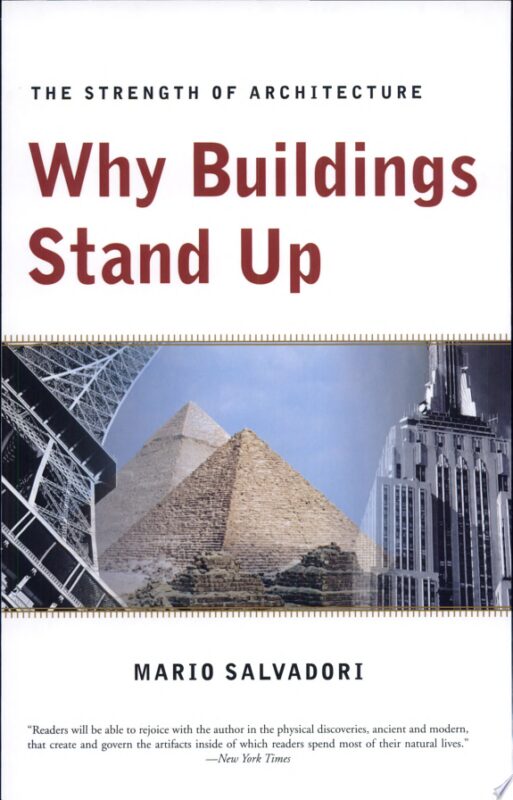SOME CURRENTS
Insurance law and practice hasn’t changed much in the last couple of decades. In part that is because insurance law itself is in the doldrums. Doctrinal stagnation has been inflicted upon the practice inflicted upon the community of coverage. Some have always regarded the practice of insurance law as old fashioned and boring. To some extent, however, things are changing.
So what’s new? There are a number of currents affecting practice. There are several mild currents; some are subtle expressions of change. Not everyone sees these mild changes or fully grasps their significance. I will discuss major changes in another essay. For this essay I will use events and trends in Texas a potentially suggestive paradigm of what’s going on all over the country. Major and revolutionary changes will be discussed in another essay.
First current: Texas insurance lawyers, as well as other states, now have specialized professional firms representing policy-holders. Some of these are larger firms representing larger clients in lots of area; some are tiny, so-called boutique firms represent clients both large and small in special areas; some are specialized departments in mega-firms, and so forth. The rise of the policyholder firm is one of the most significant developments of the last 30 years (plus a few more, maybe). Anderson Kill, perhaps the first of the bunch, was created in 1969. It has been without question the best at self-promotion.
In fact, the surge of such firms is certainly one of the most interesting developments of our era so far. For one thing, it has increased the quality of performance. Now its specialist against specialist; the learned against the learned. Complexities and subtleties are known and appreciated across the board. It’s not just large specialty firms that are part of this trend. Many large commercial firms now have insurance departments. This trend is growing. One large, well known Texas firm within the last year created an insurance department and hired a virtually famous coverage lawyer to become its first member. These types of firms almost uniformly represent business policyholders against insurers. Of course, this development is not restricted to Texas.
Second, source of change: another current in Texas practice, I think, has been the UT-CLE on Insurance Law, already mentioned, which began to develop around 20+ years ago. In the last few years the Insurance Section and UT-Law-CLE have cooperated in putting together and producing the programs to great effect. The same sort of thing is surely available for the ABA and perhaps other state bar associations.
Third change: auditorium CLEs are no longer the only educational sources dished out by insurance lawyers to themselves, other lawyers, and to some of their clients. There are also original online CLEs; formerly live CLEs are re-offered online; there are webinars, and law firms put on their own courses available to their customers and clients, but therefore also often made available also to lawyers. Online, there are all sorts of short publications (blogs) regarding cases, statutes, rules, philosophy, techniques, and more. Often they present how-to tips to other lawyers and/or “civilians.” The truth is, I learn much from them about the many things of which I know nothing or little, and/or have rather thin and/or faulty knowledge. Excellent examples of these sorts of publications are those on the Deep Water Horizon cases put out by Haynes and Boone and by several other law firms. A great many more law firms are now involved producing blogs, often called “Alerts,” on a variety of insurance law topics, often among others. By mid-2020 there were all sorts of ZOOM-type way to do CLE. During much of 2020, auditorium CLEs were canceled and became ZOOM CLE’s.
Fourth, in Texas, we now have “The Insurance Section of the State Bar of Texas,” and other states are developing similar new specializations, thougth4e ABA has not. Participatory activity in it has spread rapidly across both sides, as it were, of the central aisle. All of this might strike one as the natural evolution of the practice—simply a routine economic cycling of the organization of the lawyer-insurance joint industry. But that’s not how it happened, and it’s not how it continues to happen. (Keep in mind that insurance companies are probably sued more than any other set of organized companies and that they are involved in lawsuits at a rate several times that size.)
The section has made “insurance law workers,” as a Marxist observer might put it, much more of a learned, interactive, friendly, politely argumentative, “discussion-ing” (or “dialogic”), somehow and to some extent, unified bunch, and that has been, is and will continue to be exciting. Judges love to come and talk at our CLEs, more than they do others, I’ve heard, and I even witnessed and illustrative event once. The Section has a quarterly journal with plenty to publish; delivery is now available online; and—perhaps most interestingly–it has a digital archive of all sorts of interesting writings. People active in the section love it, and rightly so! This very CLE program illustrates my point nicely. These phenomena not true only in Texas, though, I’m sure Texas has done it best.
This CLE also illustrates a fifth point, and that is the extent to which the necessary use of insurance law (and therefore the practice of insurance law) has become a genuinely diverse and pervasive specialty for a whole variety of professionals. Over the last 15 years or so, the practice of insurance law now permeates virtually all other areas of the law. Where here is risk—where there are perils—there is insurance. Where lawyering is afoot, insurance is always nearby–sometimes clearly perceivable, sometimes in the bushes. Virtually all large business deals, for example, mergers or/and acquisitions, whether purely domestic or international, have complex insurance components, and they are more and more being turned over to what I’m calling specialists in insurance contracts and their provisions. Virtually all large companies have insurance lawyers in their General Counsel Office, and it amazing how many lawyer are to be found in specialty departments of large insurance brokerage houses and accounting firms.
Seventh, one of the most interesting purely intellectual events of the last couple of decades is the developing drafts of the RESTATEMENT (THIRD) OF THE LAW OF LIABILITY INSURANCE. This has certainly been an important process, and its official publication will be a significant event. The American Law Institute, its organizer, sustainer and eventual publisher describes it as a “Restatement [that] covers the law of contracts in the liability insurance context, liability insurance coverage, and the management of insured liabilities.”[1] Interesting, but not much used yet, and no revolution to be found here, even upon publication. It will certainly not trigger the shock in the legal system that happened with the RESTATEMENT (SECOND) OF THE LAW OF TORTS.[2] (There is no “FIRST.” Talk about bad ideas. “Here is the second of the first book. It is not a revision of anything, since there was no first edition.” Very strangely, the ALI brackets “First,” “Second” and “Third” by dates and not by edition number. )
On the surface, then, it appears that not much new that is striking and hugely transformative has happened or is happening. Or so it might seem. Of course, there are “old-time” cases grinding along; this will go on forever, or so long as there a people in conflict. The apparently increasing number of huge storms with origins at sea and hail damages starting in many places both seem to be increasing first party, tangible property insurance work. Most of these cases are relatively small; in contrast, controversies arising out of Sandy were keeping some Eastern seaboard coverage lawyers working well over full time, plus a few from elsewhere. Insurers are taking lots more legal work in-house and that seems to be having an impact on the business side of the profession. Serious insurer bad faith cases appear to be dropping. The number of new, large companies—some coming from mergers, takeovers, and the like–are impacting the work of some sophisticated coverage lawyers, mostly at large firms. And demands by insurers for appraisals is diminishing must coverage work.
I am not suggesting that there are not marvelous, older-type complex cases flowing down the pipeline and there are truly excellent opinions being written.[3] A number will be studied in the next generation of law school case books. A number of the opinions are masterful and some are quite subtle.[4] And a few are now famous, such as In re Deepwater Horizon,[5] together with a string of related cases. Alas, fame seldom lasts.
A big difference is emerging in complex, big-to-huge old-time coverage and that is the emergence of e-discovery where there are piles upon piles of electronically stored information.
The aging of some (a big sum) of the legal profession is noticeable. Experienced coverage advocates turn gray, though—one would like to believe—slower than most others. I’m not sure what the effect of this generational change will be over the short run-a decade or so. Over the long run, it will have no impact whatever, except that the names of some law firms might change a little.
=========
[1] Drafts of versions of parts of it can easily be found on the Internet. Use “Restatement of the Law: Liability Insurance.”
[2] Not even it shocked the legal world quickly. Part of the problems is that lawyer are largely uninterested in reading and studying restatements of the law in general. This has been a professional mistake. The ALI has been publishing Restatements since the 1920s and they are marvelous learning tools, and in a few cases transformative tools. I have never understood why lawyers don’t love them. Nothing provides better systematic orientation that a relevant restatement.
[3] U.S.Metal, Inc. v. Liberty Mutual Group, #14-0753 (Tex. December 4, 2015)(CGL coverage).
[4] AIG Speciality Ins. Co. v. Tesoro, #15-50953 (5th Cir. October 17, 2016)(discovery rule).
[5] In re Deepwater Horizon, #13-0770 (Tex. 2015)(oil spill and additional insured)





Recent Comments